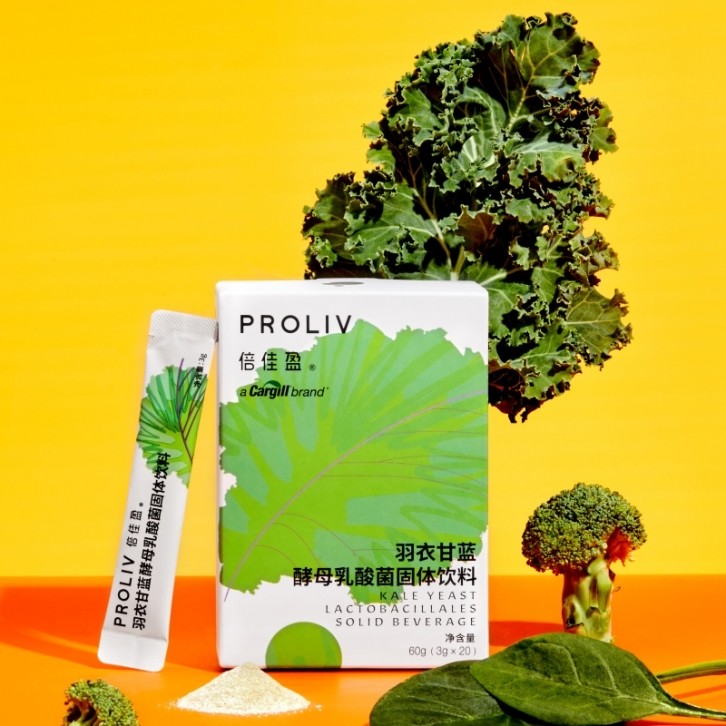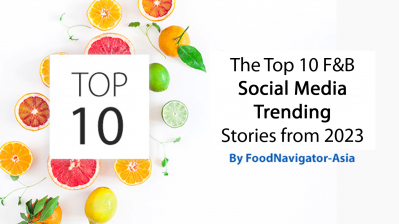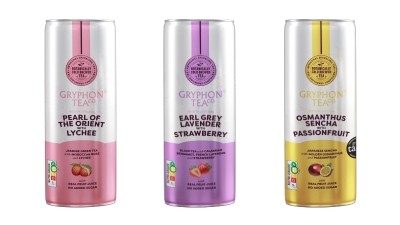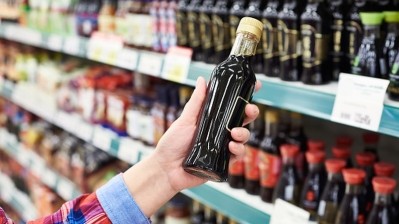Kickstarting kale: Chinese trend for ‘punk nutrition’ lifestyle opens major functional food innovation opportunities

The term ‘punk nutrition’ was coined in China, describing a lifestyle where consumers engage in hard work for 10 hours or more a day, and attempt to make up for this with high-quality nutrition and supplements.
“These consumers still want to live longer and better even though they have no choice but to turn to punk nutrition to sustain their stressful working lifestyle, and this means they are more willing than before to pay for products that can help them to do this,” Cargill EpiCor Global Growth Lead Ling Li told FoodNavigator-Asia at the recent Fi Asia 2023 show in Bangkok.
“We estimate that this willingness comes to about US$20 to US$30 monthly, and we have seen that the average age groups buying these healthier products has decreased over the years and now stands at about 25 to 35 years of age.
“This demand for health and wellness is not limited to dietary supplements but also nutritionally fortified foods with desired functionalities such as biscuits with prebiotics or probiotics, or beverages which are always a popular choice during the summer seasons.”
It is also increasingly important to appeal to consumers when it comes to the specifics and value-adds that can be found in such products, especially with more and more brands catching on and creating products for this market.
“The competition in this functional and fortified foods market has become increasing fiercer over the years, and consumers all want something that is different and that stands out,” she added.
“In China, kale is a superfood that is well-known and considered a very healthy product, but everyone already knows this – the only way for products like this to really stand out would be to add to its value and functionality.
“So for us as an example, we have created a new kale beverage product that includes postbiotics in it, which makes for an increase value proposition due to the improved immunity benefits and this allows for a price premium justification.”
That said, this demand for healthier products is not limited solely to China – Li stressed that the COVID-19 pandemic has led to consumers all across the region expressing higher demand for such items.
“Similar to Chinese consumers, we see many consumers across APAC now willing to spend more money to be healthy,” she said.
“This is especially so amongst the elderly – where previously their mindsets were all about saving money as much as possible, and the only concept of ‘healthier food’ available was things like plain congee, now they know that there are options out there that can help them live better and longer, and are increasingly aware of the need of foods with protein to keep them strong.”
Healthy ageing is a major topic in large elderly populations such as Japan and South Korea, with many products already being developed to target these consumers.
Regulatory challenges
That said, many of these healthier products still tend to face hurdles in the form of government regulations if they wish to include efficacious formulations that contain ingredients such as postbiotics, or to make certain health claims about their products.
“There is a big gap between consumer needs and government regulations currently,” Li said.
“There are many clinical studies out there about many products, but these can be controlled and governed in different ways so the processes are still quite complex.
“Consumers must know the information behind any products they choose to consume in order to ensure safety – and often look to [the authorities to ensure safety], so when this is behind and approvals are slow the benefits are also slow to be reaped.”























